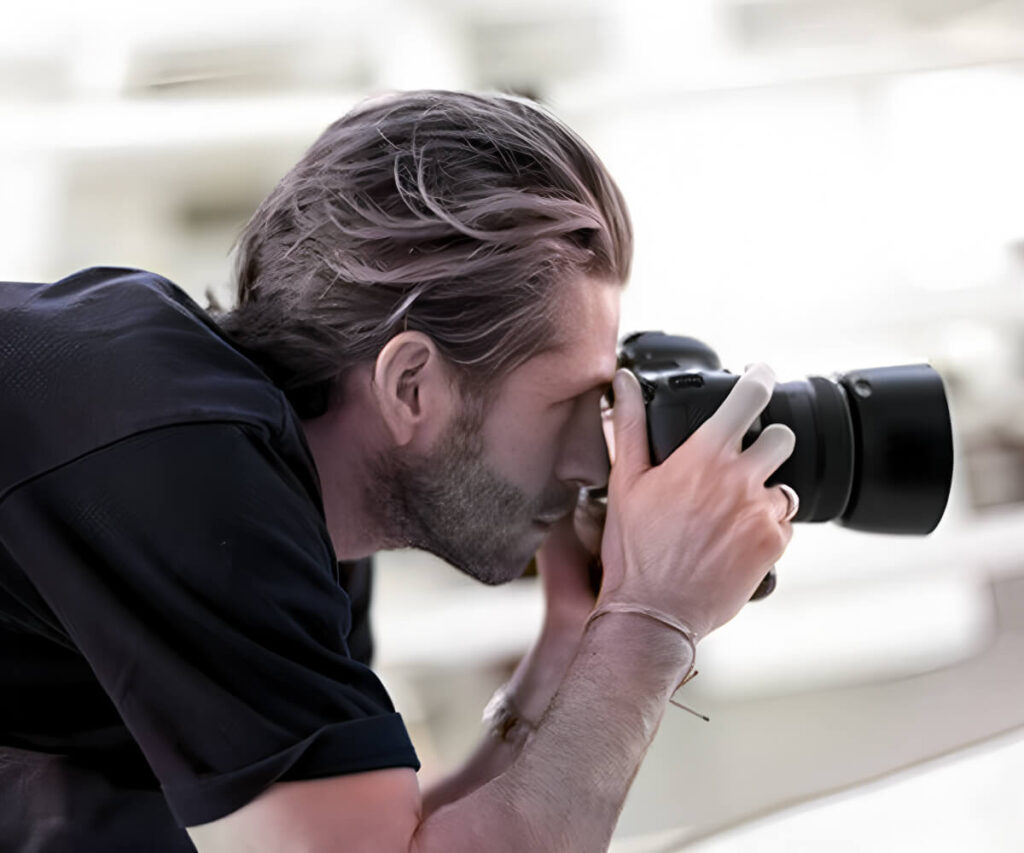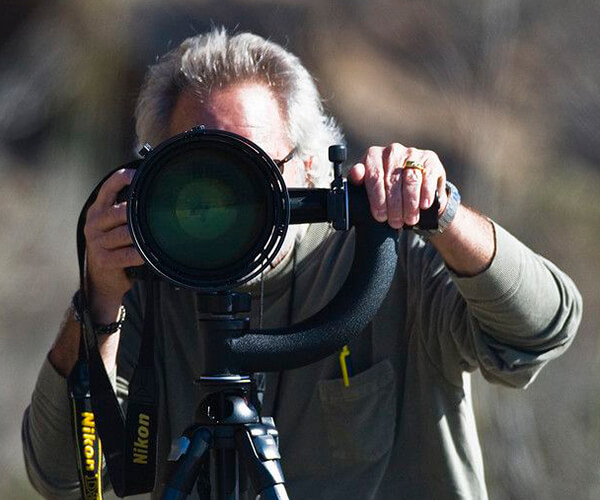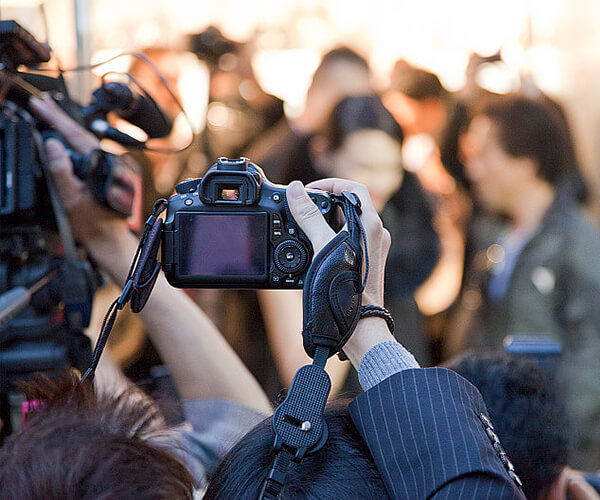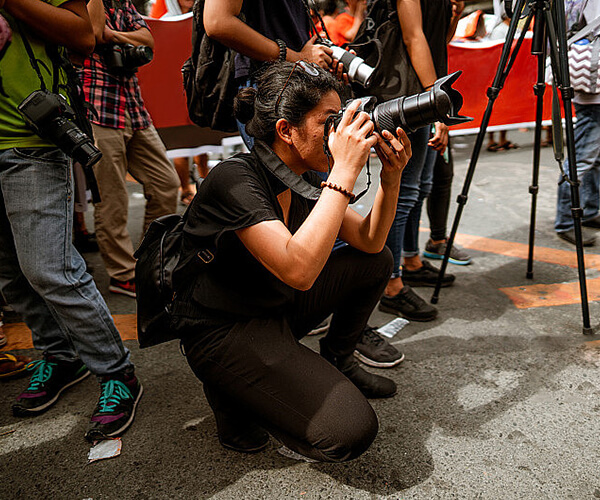PHOTOGRAPHER
This checklist applies to exhibitions, product launches, ceremonies, etc., defining photographers’ core responsibilities and technical standards across event phases to maximize visual impact.
Responsibilities of Event Photographers
1. Pre-event Planning & Gear Setup
◆ Confirm shoot requirements with organizers (e.g., key segments, VIP lists,
restricted content) and create a shot list.
◆ Inspect and prepare equipment (cameras, lenses, lighting, spare batteries/
memory cards) to ensure functionality.
2. On-site Shooting & Coverage
◆ Capture critical moments per event rundown (e.g., speeches, ceremonies,
audience engagement) with wide and close-up angles.
◆ Proactively document candid emotions (e.g., guest reactions, attendee focus,
team dynamics) without excessive staging.
3. Lighting & Composition
◆ Adapt camera settings (ISO/shutter/aperture) to venue lighting to prevent
overexposure or excessive noise.
◆ Apply composition techniques (e.g., leading lines, negative space,
rule of thirds) to enhance visual storytelling.
4. Team Coordination & Contingencies
◆ Coordinate with videographers to avoid framing conflicts and reserve space
for post-editing.
◆ Resolve gear malfunctions swiftly (e.g., lens changes, backup camera
activation) to prevent coverage gaps.
5. VIP & Portrait Sessions
◆ Shoot individual portraits for VIPs with formal framing and
clean backgrounds.
◆ Discuss preferences (e.g., profile/full-body shots) in advance, respecting
privacy and minimizing disruption.
6. Post-processing & Delivery
◆ Curate photos, apply basic color grading/cropping, and delete blurry/
duplicate rejects.
◆ Deliver final images in agreed formats (e.g., JPG/RAW) within deadlines,
with backups to cloud/hard drives.
7. Compliance & Confidentiality
◆ Adhere to copyright rules (e.g., no unauthorized commercial use) and sign
NDAs for sensitive content.
◆ Avoid pre-event image leaks and delete materials flagged as restricted by
organizers.
Core Competencies
◆ Experience in diverse conditions (low light, action, wide venues)
◆ Proficiency in editing tools (e.g., Lightroom/Photoshop)
◆ Quick reflexes and anticipation of key moments
◆ Cross-team communication and time management
Notes
◆ Conduct a venue recce pre-event to assess lighting and angles,
noting power outlet locations.
◆ Wear protective gear and follow safety protocols during high-risk segments
(e.g., pyrotechnics).
◆ Respect cultural taboos during international events
(e.g., no photography in religious ceremonies).
Note: For large events, assign roles (e.g., lead photographer focuses on VIPs, assistant covers audience).



